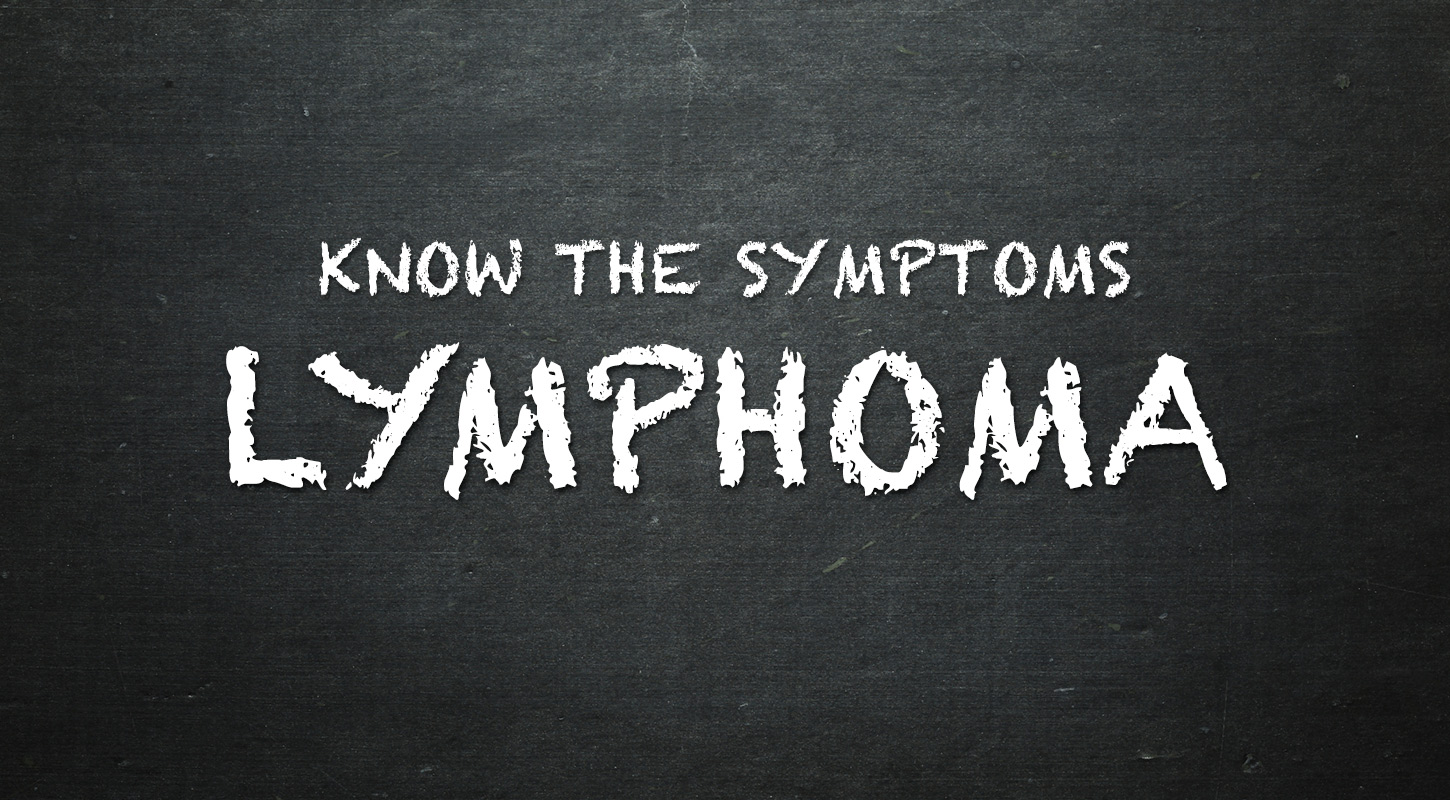Get the Facts on Lymphoma: Symptoms, Tests and Treatments

A person in the United States is diagnosed with some form of blood cancer like Hodgkin or non-Hodgkin lymphoma every three minutes. Lymphoma begins in the lymph tissue cells that are found all throughout the body. It can occur at any age and to any gender.
People with Hodgkin lymphoma have abnormal cells known as Reed-Sternberg cells. When this type of lymphoma spreads, it tends to be more methodical. Non-Hodgkin lymphoma is similar, but is classified as one of two types: indolent or aggressive. Aggressive lymphoma spreads much more quickly and can be more difficult to treat.
Lymphoma shows itself in many different symptoms. You may experience one or more of these, so knowing how to recognize them is extremely important. Look out for:
- Swollen stomach
- Enlarged lymph nodes
- Pain or pressure in your chest
- Shortness of breath
- Coughing
- Unexplained weight loss
- Inability to eat more than small portions
- Night sweats
- Anemia
- Fatigue
Depending on what stage the lymphoma has reached, there are a variety of tests that might be performed in order to diagnose blood cancer and determine the right course of treatment. They can also help your doctor see if the cancer has spread and if so, how far. These tests include:
- Tissue biopsy
- Blood test
- CT scan
- MRI
- Spinal tap
- PET scan
- X-Ray
- MUGA scan
The results of the test will help your doctor recommend the best route for treatment. There are several different treatment options available:
- Chemotherapy
- Radiation
- Bone marrow transplants
- Biologic therapy
It is important that you ask any questions you may have about blood cancer and openly discuss these choices with your doctor. He can provide specific recommendations based on your case so you can choose the best route for your lifestyle.
Recognizing lymphoma symptoms early is important – remember that early diagnosis is the key to successful treatment.
